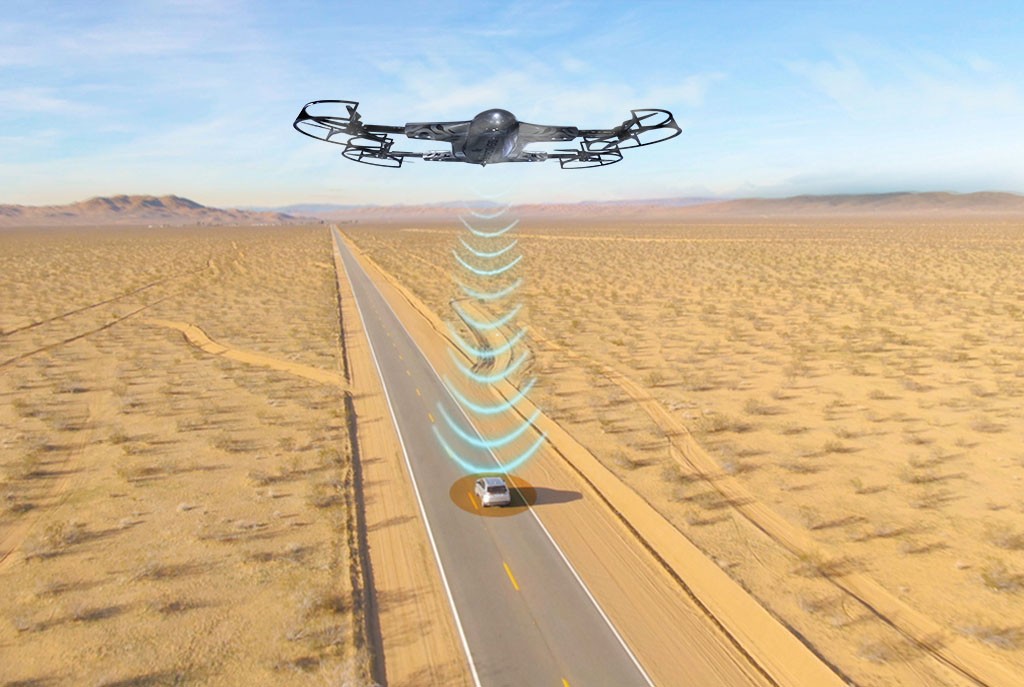Security and Surveillance
Drone Use in Securing Cities and War Zones
Drones provide many valuable features and functions that society can benefit from. However, unlawful individuals also use drones to create havoc in other people’s lives. Therefore, the need for more innovative counter protective and preventive drone technology must evolve.
Drone technology has been beneficial in military and police operations for decades. They have created counter contraptions to prevent terrorist drones from attacking. Police forces regularly deploy the ZenaDrone 1000 to patrol areas of jurisdiction to sweep and scan the place in less time efficiently.

The uses of drones in multiple industries are endless. They deliver accurate information of surveyed people, places, and properties. Hence, they provide safe, secure, cost-effective aerial vision surveillance solutions, cutting time and risks that the human workforce typically performs in a similar setting.
Monitoring from a Safe Location
Securing a location from high-risk entities, such as terrorists or armed criminals, entails innovative surveillance technology that the ZenaDrone 1000 can safely provide. Military, police, and search and rescue teams can monitor, inspect, and gather information on operational network assets from a safe distance.
Using the ZenaDrone 1000 high-resolution camera, they can capture sharp photos and record vivid videos to help assess the situation or unfolding events. Thus, drones serve as eyes and ears of the police on the ground, giving them real-time information about the target.
Securing Cities and Places at Night
Many crimes happen at night. The police force can use the drone to survey places and secure the city streets and other high-risk areas for trespassers, anti-social behavior, graffiti, and other nighttime illicit activities.
The ZenaDrone 1000 has thermal scanners that register body heat signatures. It can record clear footage allowing the security forces to review the information multiple times. This capturing of information through drone technology enables faster and more accurate analysis decision-making in quick response to dispatch or neutralize hostilities.
Manual Surveillance in Combat Missions
The military, police, combat troops, and other security forces constantly perform surveillance missions. Gathering intelligence on the ground allows them to plan decisively and execute operations precisely.
The ZenaDrone 1000 consists of multiple sensors, scanners, and HD cameras, allowing comprehensive surveillance of enemy grounds, search and rescue of innocent civilians and victims, tracking movement, and locating critical objects. It can render 3D models of terrains and fields, simplifying combat strategies and implementations.
Are you interested to learn more about ZenaDrone security and surveillance features?
Book a Demo
Experience ZenaDrone in action! Fill out the form below and our team will be in touch to set up a demo schedule.





